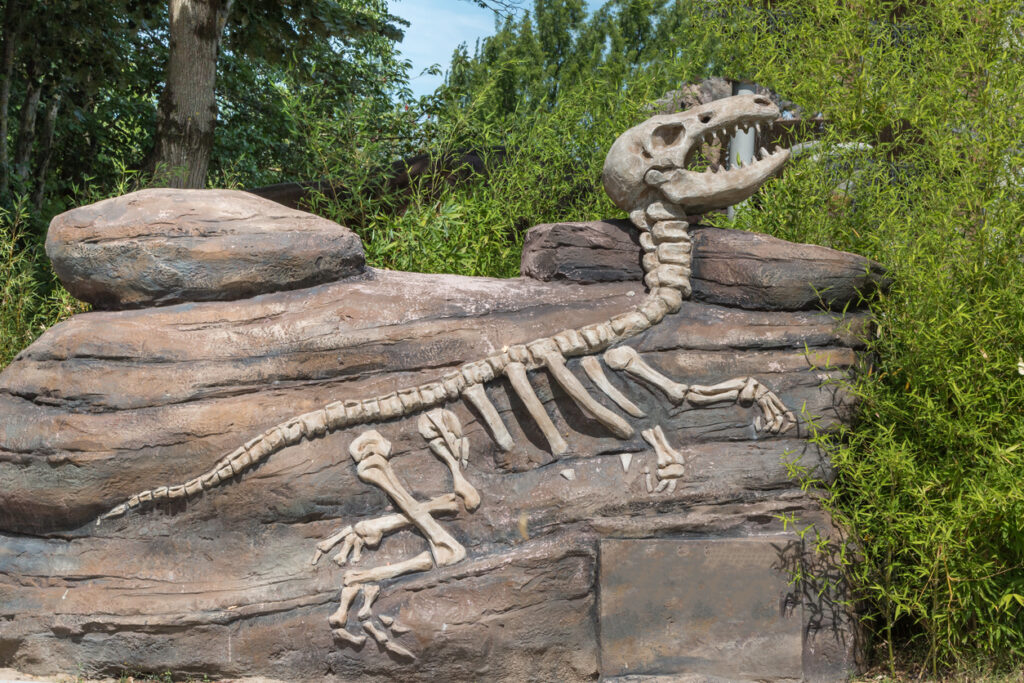
Picture this: you’re enjoying a quiet beach walk when suddenly, a 60-foot Megalodon breaches the water. Sound like science fiction? Maybe not for long. As genetic science races ahead, the idea of reviving extinct apex predators isn’t just Hollywood hype, it’s becoming a real conversation. But is it one we should be having? From the prehistoric jungles of the T. Rex to the icy plains of the sabertooth cat, bringing back the beasts that once ruled the world might sound thrilling… but it comes with terrifying consequences. Ready to dive into the wild world of apex predator resurrection?
The Megalodon
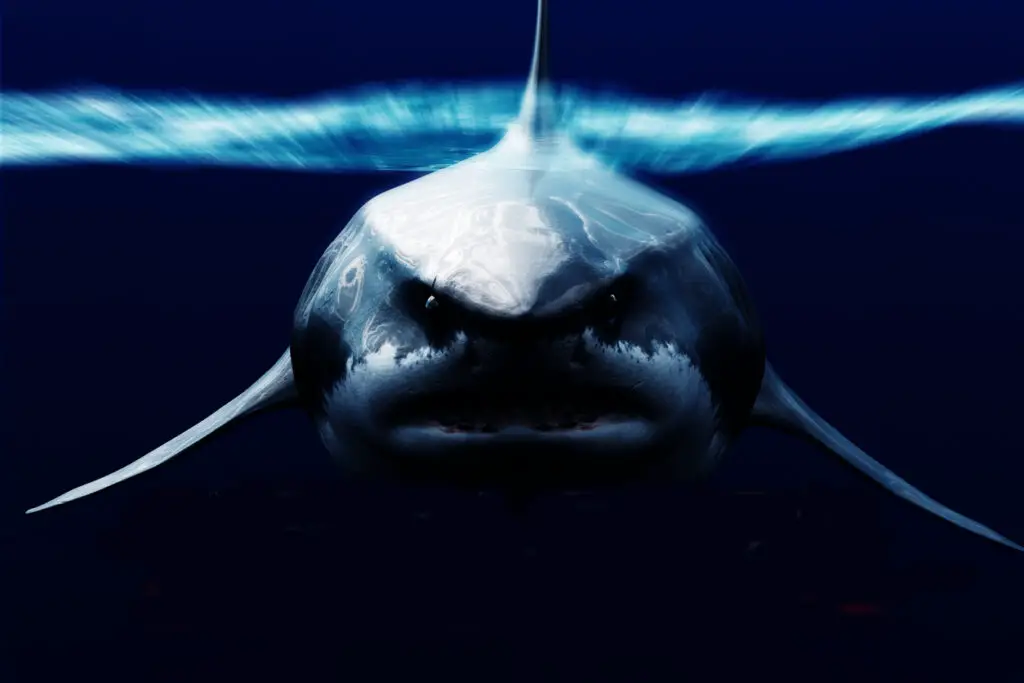
Scientists can now piece together ancient DNA with mind-blowing accuracy, and Megalodons, once the rulers of the deep, are often at the top of the “what if” list. But here’s the thing: today’s oceans aren’t what they used to be. The massive food demands of a Megalodon could collapse fragile marine ecosystems. Experts argue that modern seas wouldn’t support a predator of that size without massive ecological consequences. Plus, climate change has shifted ocean temperatures drastically, making survival tricky. It’s not just about cloning a shark, it’s about asking if we’re ready to share our waters with one that makes Jaws look like a minnow.
The T. Rex
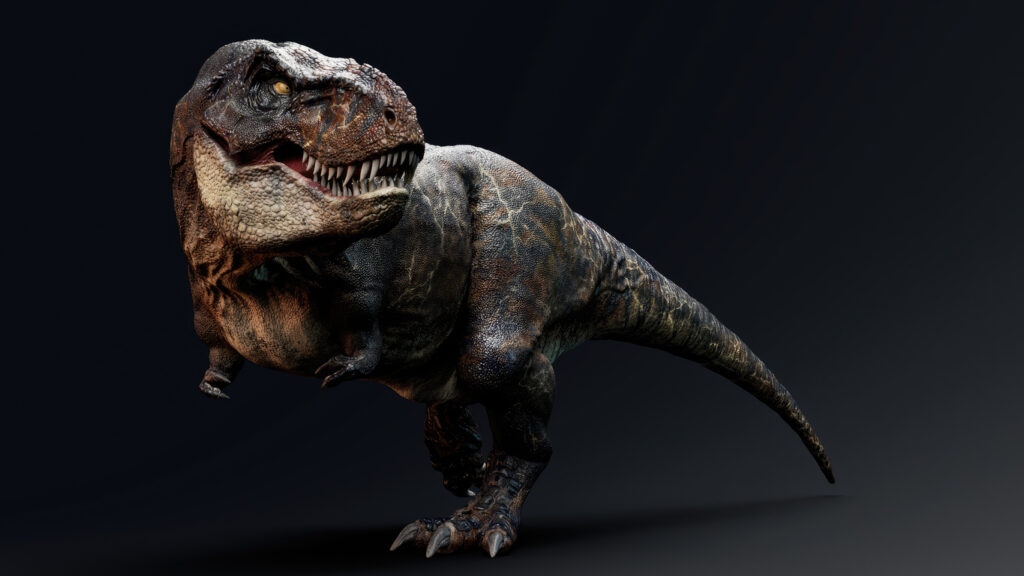
Sure, the T. Rex is the rockstar of the dinosaur world, but could we really bring one back to life? Advances in gene editing and cloning spark serious curiosity, but experts warn that trying to recreate such a massive land predator is playing with fire. For one, we don’t fully understand dinosaur behavior or biology. Would a T. Rex even survive in today’s atmosphere or gravity? Even if it could, the question of where it would live and how we’d keep it contained, raises red flags. Bringing back a T. Rex isn’t just bold, it’s potentially catastrophic.
Sabertooth Cats
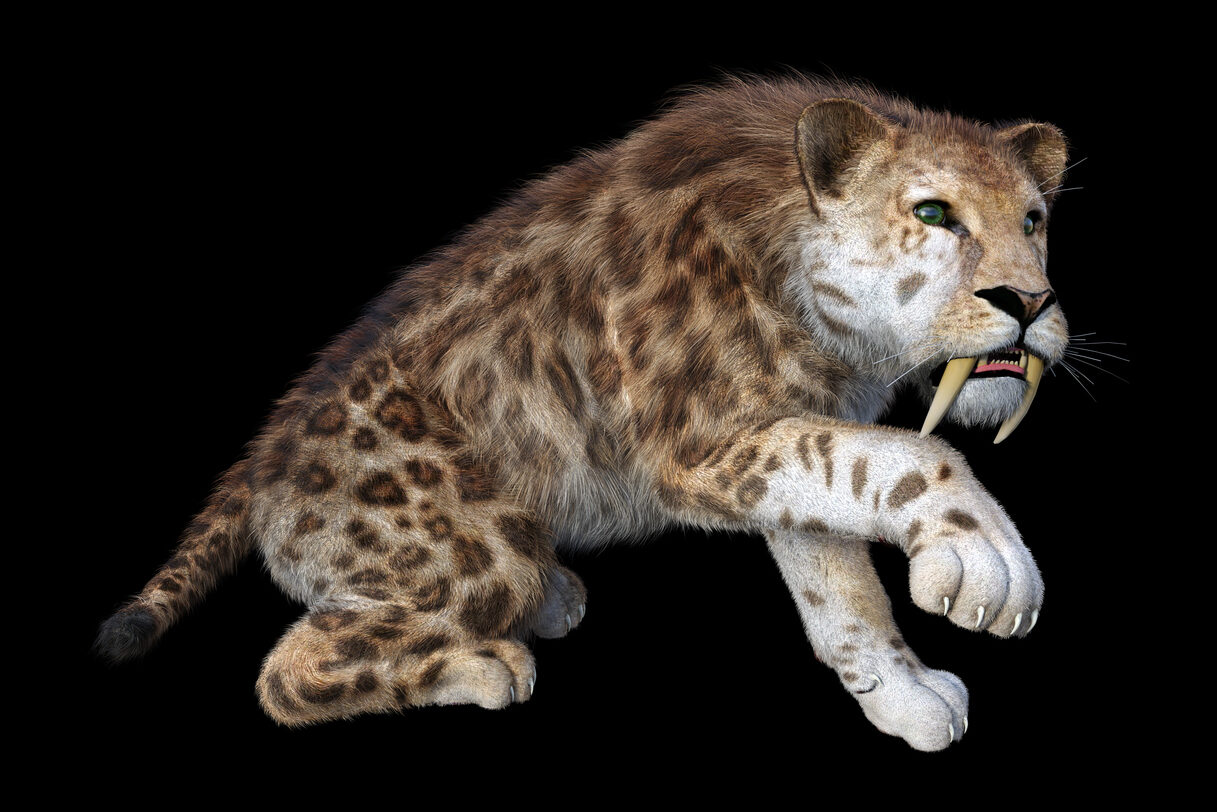
Unlike the T. Rex or Megalodon, sabertooth cats lived relatively recently, meaning their DNA is more intact and accessible. It makes them a tempting candidate for de-extinction. But reintroducing a predator like this into the wild could disrupt modern ecosystems and endanger existing species. These cats thrived in a world that no longer exists, filled with mammoths, cold plains, and prehistoric prey. Today’s environments, including our cities and suburbs, are ill-prepared for a predator designed to take down mega-fauna. Even in controlled settings, ethical and safety concerns loom large. Science may be ready, but the world isn’t.
Rewriting Nature’s Script?

With CRISPR and synthetic biology, we’re now capable of editing the very script of life. The line between what we can do and what we should do is starting to blur. Apex predators are essential in ecosystems but the ones we lost lived in a completely different world. Experts emphasize the importance of focusing on preserving endangered species, rather than reviving extinct ones. There’s also the emotional pull: are we doing this for science, for ego, or for nostalgia? Resurrecting these giants might make headlines, but it could also rewrite ecological balances in ways we can’t control or undo. Source: Cambridge Prisms: Extinction
Jurassic Park Isn’t Just a Movie
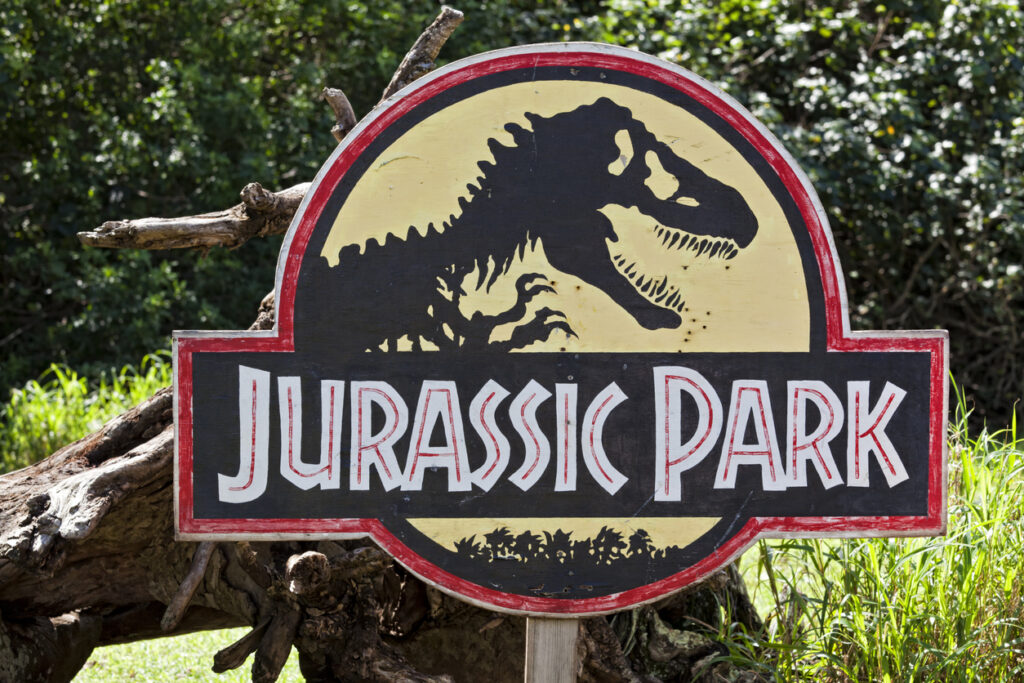
Pop culture might make the idea of dinosaur zoos sound thrilling, but most scientists view it as a cautionary tale, not a blueprint. The fictional disasters of Jurassic Park echo real concerns: containment failures, animal suffering, and human hubris. The emotional drive to see these creatures in the flesh often overshadows the complex realities. Reviving apex predators without knowing their full biology is like launching a rocket without testing the fuel. It’s thrilling, yes but it’s also reckless. Sometimes, the most responsible thing we can do with the past… is let it stay buried.
Would you be first in line to see a real-life T. Rex or would you run the other way? Hit the comments and let us know: should some species stay extinct for a reason, or is it time to bring the giants back? And don’t forget to share this story with the fellow dino-lover in your life.
This story Sabertooths, Megalodons, and T. Rex: Are We Crazy Enough to Bring Back Apex Predators? Was first published on DailyFetch.
Other sources The Megalodon | Smithsonian Ocean, Resurrect Dinosaurs? | Mirage News, Chasing sabertooths.


